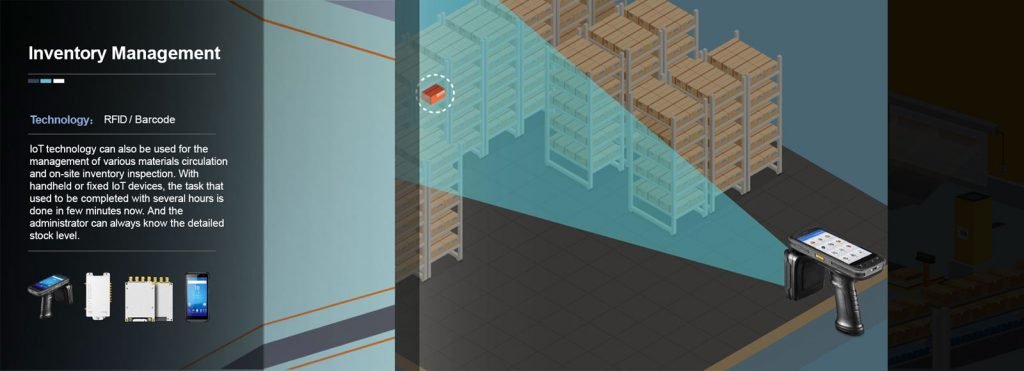
RFID for Inventory Management Solution
In the ever-evolving world of inventory management, there’s a constant focus on improving efficiency. Companies of all sizes are regularly evaluating their current capabilities and finding ways to squeeze as much efficiency as possible out of their existing infrastructure while preparing to adopt new technologies that can take their performance to new levels. It is as important as ever for operations management to do the due diligence of thorough research and a proper ROI analysis to fully understand the impact that any change could have on their entire operation.
One emerging technology that has received a lot of attention with the potential to revolutionize the inventory management industry is radio-frequency identification (RFID).
Using RFID tags for inventory management offers several benefits, such as reduced labor costs and faster scanning. Here’s a look at how RFID tags can be a benefit in the inventory management process.
- Improved visibility and faster scanning. Since RFID tags do not require a “line-of-sight” scan like barcodes, it is possible to read them at a distance for fast inventory processing. They can also be read in any orientation and give you improved visibility into your inventory with the potential for more frequent updates and scanning locations.
- Reduced labor costs. With labor costs accounting for as much as 50-80% of distribution center costs, RFID offers potential benefits in this area. Inventory check-in, counting, and shipment verification can be done very quickly and automatically in a few scans without the need for multiple employees to process them. These savings must be weighed against the cost of investing in an RFID inventory solution, which we’ll discuss in more detail below.
- Tracking of returnable assets. For those companies that utilize a returnable fleet of assets such as containers and pallets, there is often a significant capital investment to protect. Utilizing RFID allows you to track these assets through the entire supply chain loop and provide increased visibility on inventory locations. This has the added benefit of improving returns and reducing theft or neglect.
